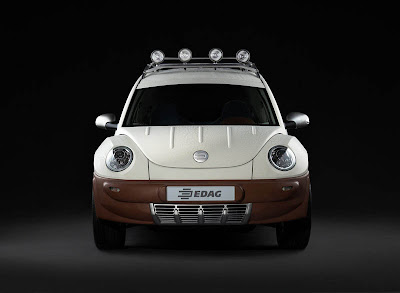Gordon Murray Teewave AR.1 Concept, 2011
The Gordon Murray Design Limited and Toray Industries Inc announced a prototype electric sports car named Teewave AR.1.
The Gordon Murray Teewave AR.1 had an internal GMD code number of 'T.32' and the car is the result of a commission from Toray for Gordon Murray Design to design, tool and build a fully functioning prototype vehicle which utilises many of Toray's advanced automotive materials in order to achieve Toray's basic concept of an attractive vehicle for everyone.
The 2-seater sports car is designed to use the Toray carbon fibre component system with a process time of less than 10 minutes. A carbon monocoque, one of the key technologies of Teewave, can be applied to all types of vehicle other than the 2-seater sports car.
The entire programme from concept discussions to running vehicle took just 9 months and was delivered on target, both in terms of cost and final handover. The power train in the vehicle are the base components used in one of the commercial electric vehicles currently available, but the unique electrical architecture and control units were developed by Gordon Murray Design.
A carbon front crash structure was designed and developed for the car. A Full vehicle Euro Ncap O.D.B test was simulated in addition to a rigid barrier dynamic impact. A correlation process was conducted on the front crash structure for both half energy and full energy using physical tests. Quasi -static bend and torsion analysis was also conducted.
The AR.1 has a remarkably low weight of just 850kg (including the 240kg battery) putting the car firmly in Lotus Elise territory and some 400kg lighter than a Tesla. The ultimate performance is limited by an output figure of 47 kW but a torque of 180 Nm available from a standing start results in lively acceleration.
A great deal of attention has been given to the low weight, low centre of gravity and suspension geometry which has resulted in an excellent ride and handling balance.
The concept design team included Barry Lett, Frank Coppuck, Kevin Richards and Gordon Murray. Exterior and interior styling was designed by Zachary Seward, Kevin Richards, Barry Lett and Gordon Murray. The project leader at Gordon Murray Design was Mark Lewis.
The main architecture design team was led by Barry Lett and the engineering, composites and analysis team were led by Frank Coppuck, while the electrical system and power train design was by Dr Ralph Clague.
Gordon Murray Designs' world class prototype build team ensured the vehicle was built to schedule and Gordon Murray Designs exacting standards.
At all stages during design and development Gordon Murray Design and Toray worked very closely on the design, use of materials and Toray's automotive applications.
The Toray team consisted of Toru Yamanaka, Project Leader, Nobuhiko Shimizu, Project Manager, Yukitane Kimoto, Composite Team Leader, Yoshito Kuroda, Yuki Sakamoto, Kosaku Hashimoto, Composite Team, Alan Riley, UK Composite Handling and Osamu Goto, Project Advisor from Geo Technology.
Technical Specification
- Length: 3975mm
- Width: 1765mm
- Height: 1154mm
- Wheelbase: 2610mm
- Weight (including battery): 850 kg
- Luggage Volume: 200 litres
- Chassis: Carbon Fibre Monocoque
- Sub frames: Aluminium Alloy
- Crash Structures: Carbon Fibre
- Body: Carbon Fibre
- Aerodynamics: Full length under tray with ground effect diffuser
- Engine: Permanent Magnet Synchronis Motor
- Power: 47 kW
- Torque: 180 Nm
- Voltage: 330 V
- Engine Position: Mid-Rear
- Transmission: Single Speed
- Battery: Lithium-Ion
- Total Energy: 16 kWh
- Driven Wheels: Rear
- Front Suspension: Double Wishbone, Coil Spring, Anti Roll Bar
- Rear Suspension: Double Wishbone, Coil spring
- Steering: Rack and Pinion unassisted
- Turning Circle: 9.5 metres
- Front Wheels/Tyres: 175/55 R16 on 5.5J Rim
- Rear Wheel/Tyres: 225/45 R17 on 7.5J Rim
- Brakes: Discs Front and Rear - Electrically assisted
- Parking Brake: Electrical on Rear Discs
- Performance:
= 0-50 km/h: 4.4 seconds
= 0-100 km/h: 11.4 seconds
= Top speed: 147 km/h
= 0-100 km/h: 11.4 seconds
= Top speed: 147 km/h
- Range (NEDC Cycle): 186 km
- Charging Time: 6 hours







